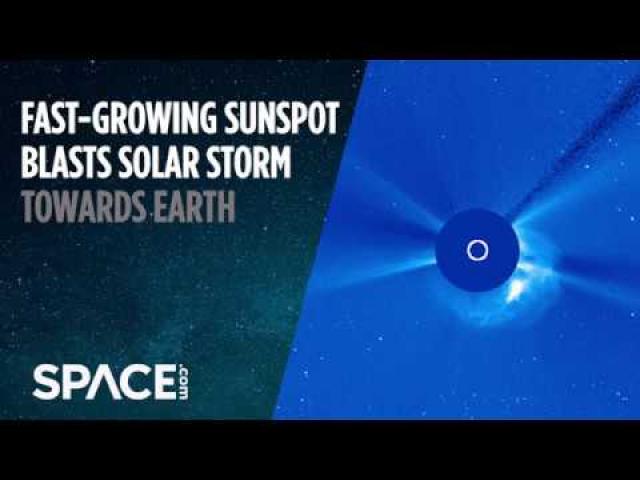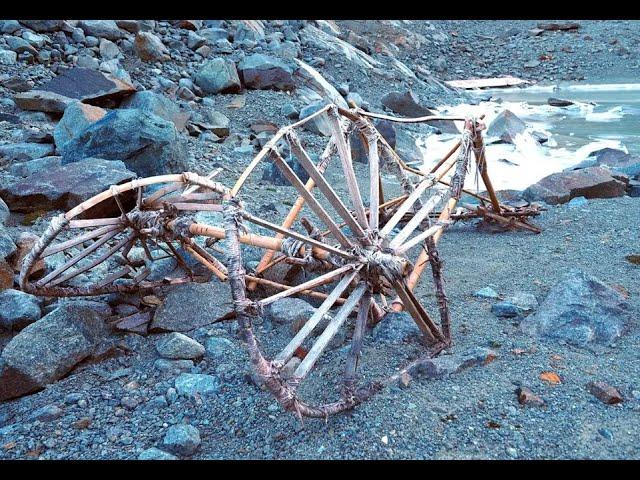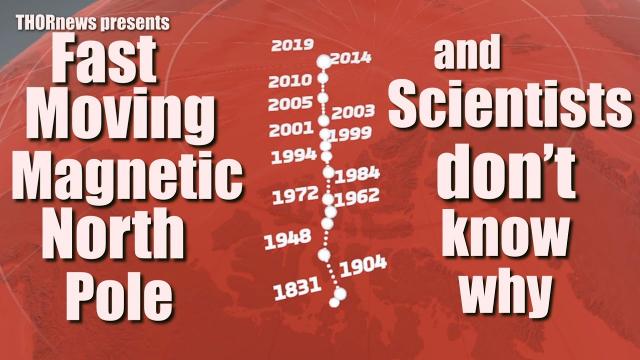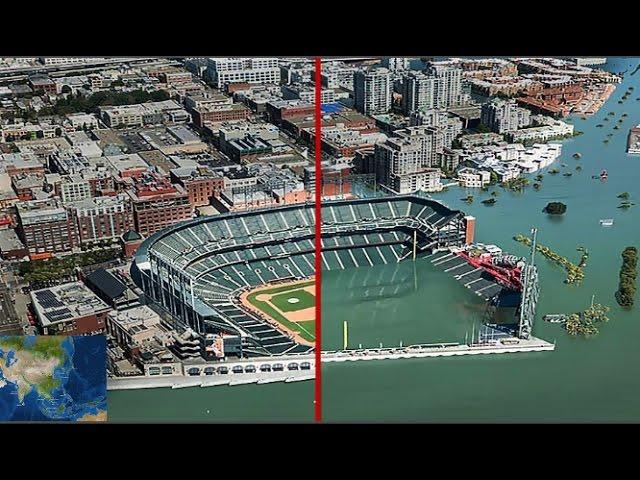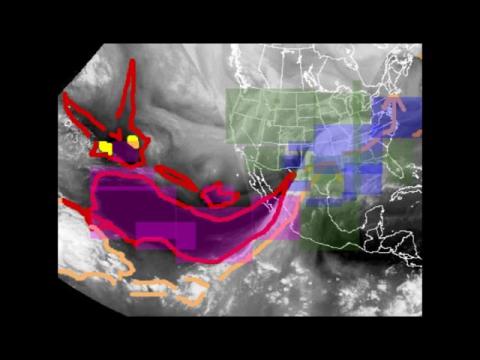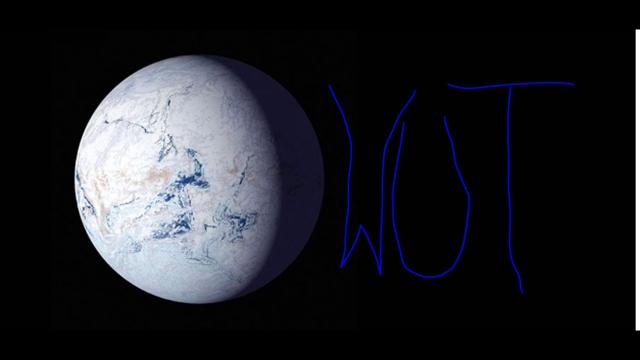"Snowball Earth" Melted FAST*. Twice.
Description
The Universe is a strange place.
God bless everyone,
T
https://www.paypal.me/thornews
send mail to
5430 Birdwood Rd. #416
Houston, Tx 77096
the article
https://www.sciencemag.org/news/2019/04/ancient-snowball-earth-thawed-out-flash
More than half a billion years ago, our planet was a giant snowball hurtling through space. Glaciers blanketed the globe all the way to the equator in one of the mysterious “Snowball Earth” events geologists think occurred at least twice in Earth’s ancient past. Now, scientists have found that the final snowball episode likely ended in a flash about 635 million years ago—a geologically fast event that may have implications for today’s human-driven global warming.
The ice, which built up over several thousand years, “melted in no more than 1 million years,” says Shuhai Xiao, a paleobiologist at Virginia Polytechnic Institute and State University in Blacksburg who was part of the team that made the discovery. That’s the blink of an eye in our planet’s 4.56-billion-year history, suggesting the globe reached a sudden tipping point, Xiao says. Although the team doesn’t know for certain what caused it, carbon dioxide emitted by ancient volcanoes may have triggered a greenhouse event, causing the ice sheets to thaw rapidly.
To shine light on the pace of deglaciation, Xiao and colleagues dated volcanic rocks from southern China’s Yunnan province. These were embedded below another kind of rock called a cap carbonate—unique deposits of limestone and dolostone that formed during Snowball Earth’s shutdown in response to high levels of carbon dioxide in the atmosphere. Using radiometric dating techniques, the team found the volcanic rocks were 634.6 million years old, give or take about 880,000 years. Alone, this single new date couldn’t reveal the speed at which the melting happened. But in 2005, a different team of scientists dated volcanic rocks from above a similar cap at a different location—in China’s Guizhou province. They were dated to 635.2 million years, give or take 570,000 years.
Together, the two samples suggest the melting event was a quick thaw of about 1 million years, Xiao and his colleagues wrote last month in Geology. The key, Xiao explains, is that these two dates are far more precise than those of past samples, with error bars of less than 1 million years. Those error bars essentially bracket the period in which the cap carbonates formed—and, thus, bound the period of the final Snowball Earth thawing event. Because previously discovered samples have error bars of several million years or more, Xiao says these new dates are the first that can be used to calculate the pace of melting with any certainty.
However, because the two new samples come from southern China, they don’t paint a global picture of the ancient thaw, says Carol Dehler, a geologist at Utah State University in Logan. To do that, scientists would need to find datable volcanic rocks from other parts of the world, which are about “as common as unicorns,” she jokes. But, she adds, they might be out there “waiting to be discovered.”
Meanwhile, understanding the nature of these ancient glaciations could help scientists dealing with climate change today: “I think one of the biggest messages that Snowball Earth can send humanity,” Dehler says, “is that it shows the Earth’s capabilities to change in extreme ways on short and longer time scales.”

